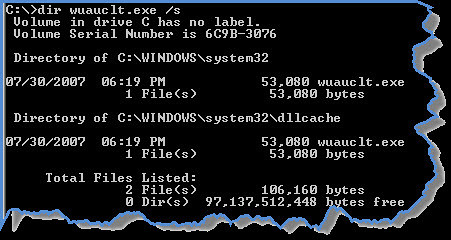No, a human being was not purchased like a head of cattle (at least let’s hope not). Brian Madden has been a well known mogul in the Citrix community for quite a long time and has been making a splash lately in the virtualization arenas (primarily virtual desktop infrastructure where Citrix products XenApp and XenServer compete for market share along with VMware, Microsoft, and others).
Brian Madden uses his personal name as his product brand to become successful in many of his accomplishments including public speaking, industry analyst, technical author, blogger, knowledgebase website, creator of the impressive annual BriForum convention, book publisher, etc.
Brian is a wealth of knowledge first and foremost. I’ve read a few of his Citrix/Terminal Services books and he ranks right up there at the top among the most knowledgeable authorities when it comes to Citrix and Terminal Services. I also regard Brian as an interesting character with a unique and funny personality. Read some of his blogs about his adventures and you’ll understand. A year or two ago I followed Brian over the internet as he sold his house and most of his possessions and became a world traveler with no place to call home except for whatever hotel he was in at the time. When he sold his house ‘n’ things, he hired entertainment for the kids such as one of those big enclosed hot air trampolines you’d likely see at a carnival. I think he had a popcorn machine, food, hired clowns, etc. All at his expense. Nobody does it quite like Brian.
TechTarget is an IT media company founded in 1999 that has 600 employees and went public in 2007. TechTarget writes “The Brian Madden Company brings the largest community of IT professionals specializing in application delivery and desktop virtualization.” In one transaction, TechTarget purchases an already existing and established fountain of knowledge that it can in turn use to help its clients. However, I’m not sure about the accuracy of the last part of their statement if you consider the virtualization leader, VMware, has built a virtualization community of well over 100,000 people from around the globe.
I wish Brian and TechTarget much success now and into the future.
Read more about the official announcement from TechTarget here.

















